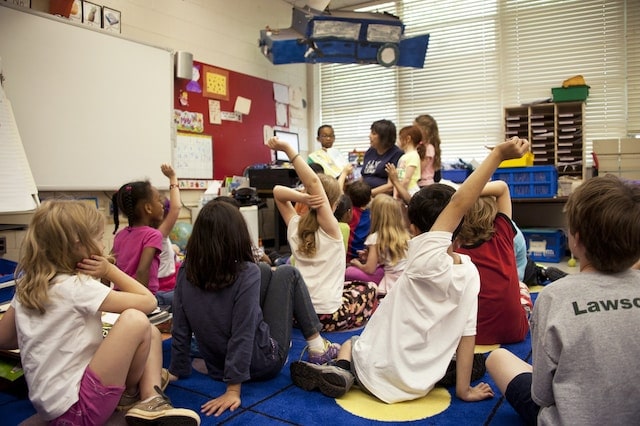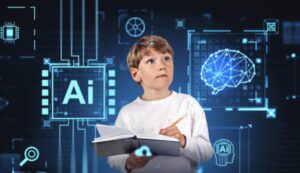
In an ideal world, every student would learn at the same pace, have the same learning style, and grasp concepts in the same way. However, the reality is far from this. Each student is unique, coming from different backgrounds, having different abilities, interests, and learning styles. This is where differentiation in the classroom comes into play. Differentiation is the educational practice of tailoring instruction to meet individual needs. Let’s delve into the essence of differentiation, its importance, and strategies to implement it effectively in the classroom.
Understanding Differentiation
Differentiated instruction is a teaching philosophy that acknowledges and embraces the diversity of learners in a classroom. It’s about getting to know your students – their abilities, interests, learning styles, and what makes them tick. It’s about using this knowledge to plan instruction and design learning experiences that cater to their individual needs.
Why Differentiation Matters
In a differentiated classroom, every student is valued and taught in a way that resonates with them. This approach not only helps to engage students in learning but also fosters a more inclusive learning environment. It ensures that all students, regardless of their starting point, can learn and grow.
Differentiation increases student engagement and motivation, as learning activities align with their interests and abilities. Moreover, it promotes higher order thinking skills, as students are often challenged at their level. It also increases self-efficacy, as students experience success in learning, which in turn boosts their confidence and self-esteem.
Implementing Differentiation in the Classroom
Implementing differentiation in the classroom involves varying three key elements: content, process, and product.
Differentiating Content: Content is what students need to learn— the skills, knowledge, and understanding they need to acquire. Differentiating content might involve providing students with different reading materials at varying levels of complexity or providing extra support or extensions for students who need it.
Differentiating Process: Process refers to how students make sense of the content. Differentiating the process might involve using different instructional strategies like direct instruction for some, cooperative learning for others, or independent exploration for those ready for it. It could also involve incorporating different learning styles, such as visual, auditory, or kinesthetic learning.
Differentiating Product: Product refers to how students demonstrate what they’ve learned. Differentiating the product might involve allowing students to choose how they want to express their understanding, whether it’s through a written essay, a video presentation, a piece of art, or a physical model.
Strategies for Differentiation
Here are some practical strategies for differentiation:
Flexible Grouping: Group students based on their readiness levels, interests, or learning profiles and adjust these groups as needed.
Learning Stations: Create different stations in the classroom where students can explore different aspects of a topic at their own pace.
Choice Boards: Provide students with a choice board where they can choose from a variety of activities to demonstrate their understanding.
Tiered Assignments: Design assignments with different levels of complexity to cater to the different readiness levels of students.
Incorporate Technology: Use educational technology tools that can adapt to the individual needs of students.
Differentiation in the classroom is not a one-size-fits-all solution, but a dynamic process that requires ongoing assessment, reflection, and adjustment. It’s about creating a learning environment where all students feel valued, engaged, and challenged. It may seem daunting at first, but the rewards—increased student engagement, improved learning outcomes, and a more inclusive classroom—are well worth the effort.
If you’re an educator interested in implementing differentiation in your classroom, a must-read is Carol Ann Tomlinson’s “How to Differentiate Instruction in Academically Diverse Classrooms”. This book is a comprehensive guide to understanding and applying differentiation strategies to accommodate the varied learning needs of your students.
Tomlinson, a renowned expert in the field of differentiated instruction, offers an in-depth exploration of differentiation and its importance in the modern classroom. The book delves into the philosophy of differentiation, explaining how it fosters an inclusive, engaging learning environment that caters to each student’s unique abilities, interests, and learning styles.
The book’s strength lies in its practical approach. It provides a range of actionable strategies for differentiating content, process, and product—the three key elements of differentiation. Whether it’s through tiered assignments, flexible grouping, or the use of technology, Tomlinson equips educators with the tools to adapt their teaching to meet the diverse needs of their students.
Furthermore, Tomlinson presents real-world examples and case studies, making the concepts relatable and easier to understand. The book also addresses potential challenges in implementing differentiation and offers practical solutions to overcome them.
In conclusion, “How to Differentiate Instruction in Academically Diverse Classrooms” is an invaluable resource for educators seeking to enhance their teaching practice through differentiation. Its blend of theory and practicality, backed by Tomlinson’s expertise, makes it an indispensable guide for creating an inclusive and effective learning environment. I highly recommend it to all educators committed to meeting their students’ diverse learning needs.




